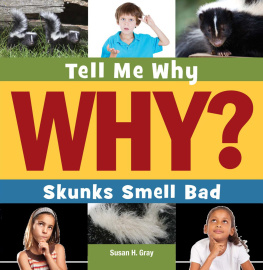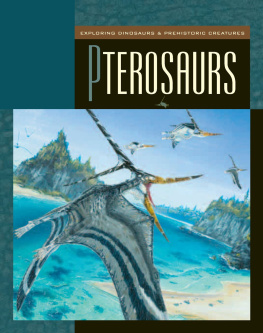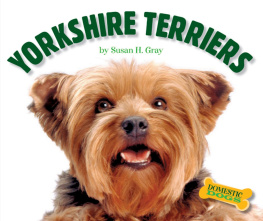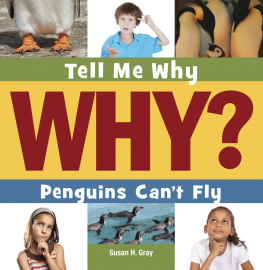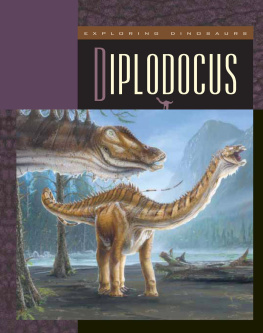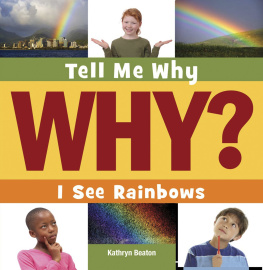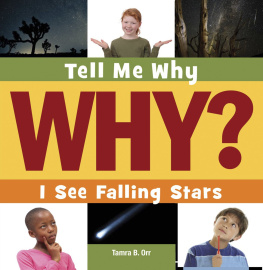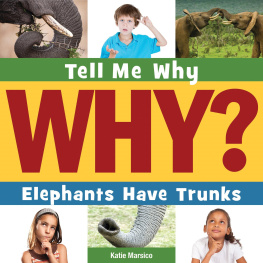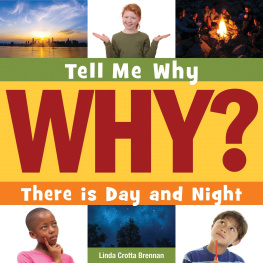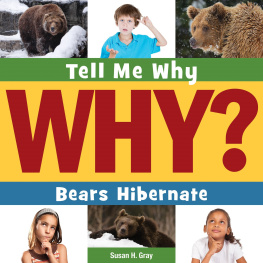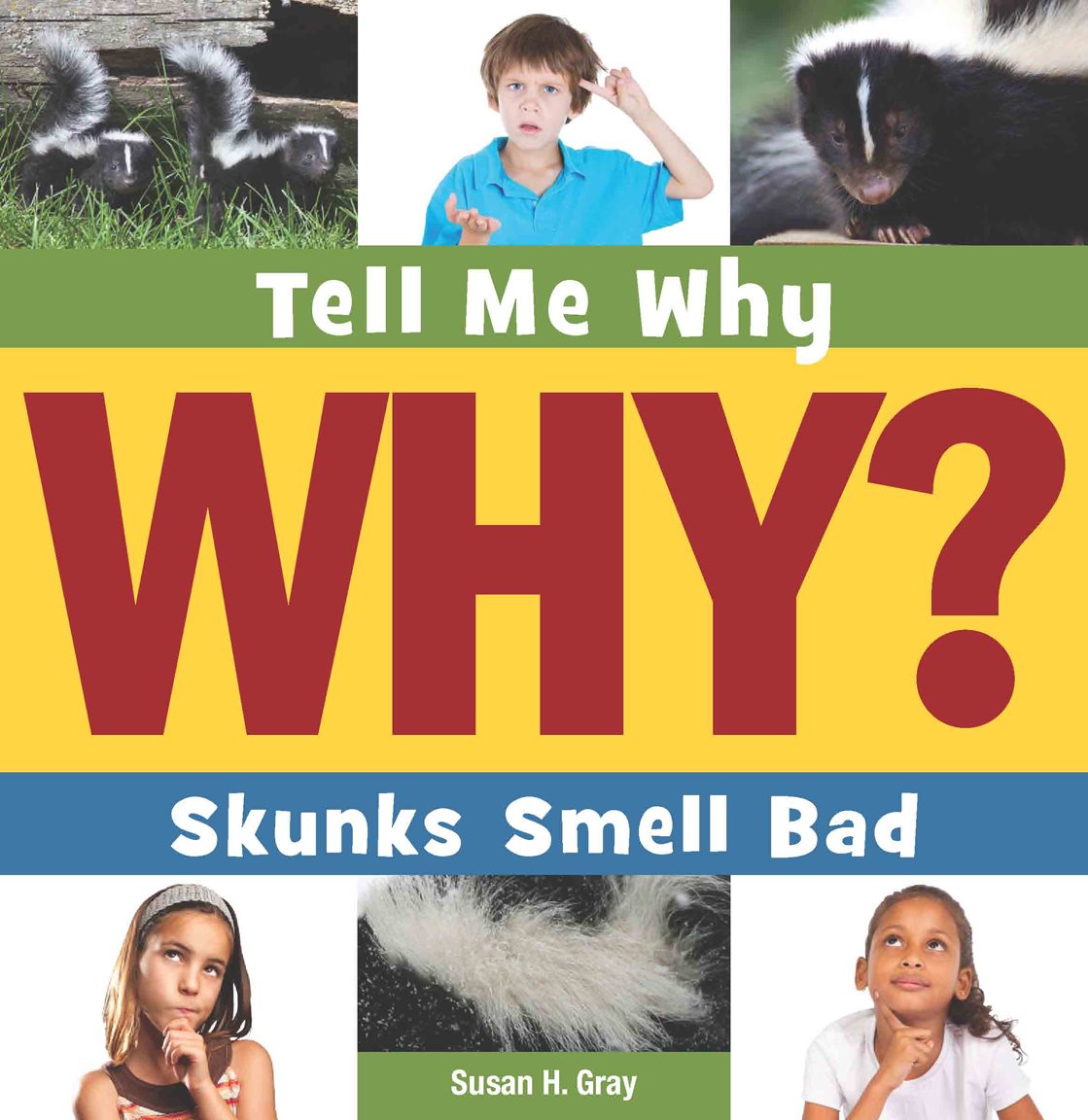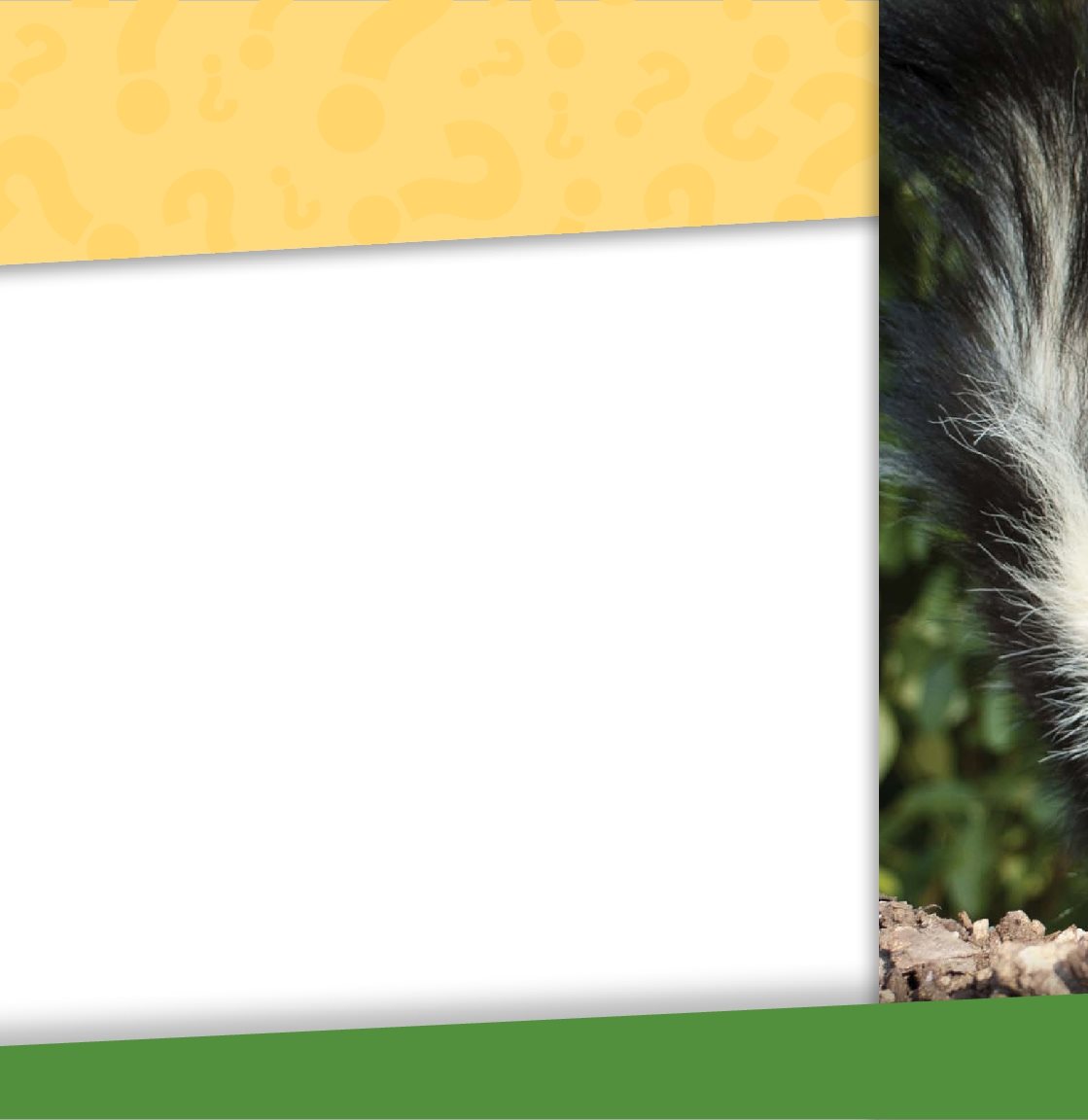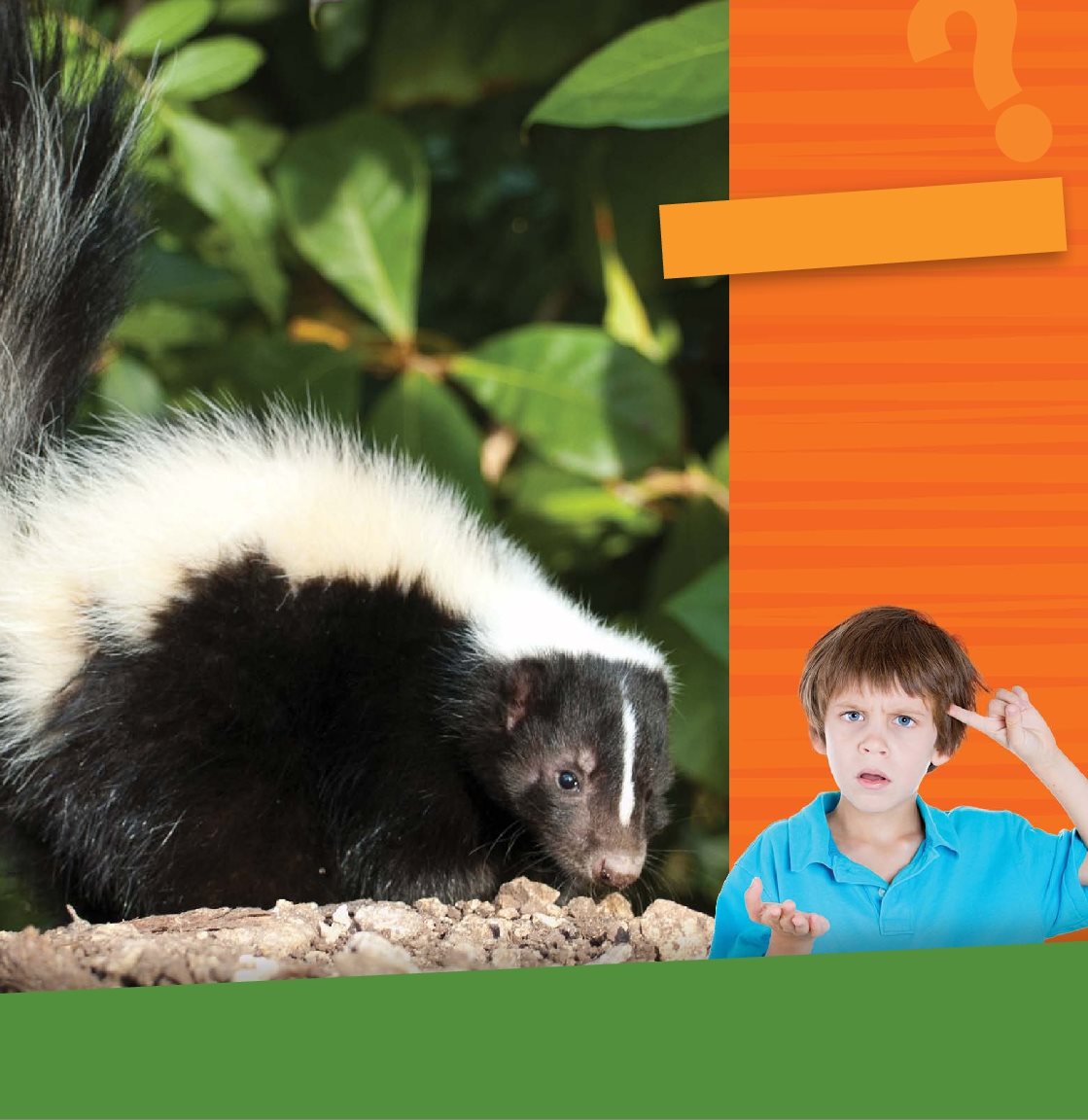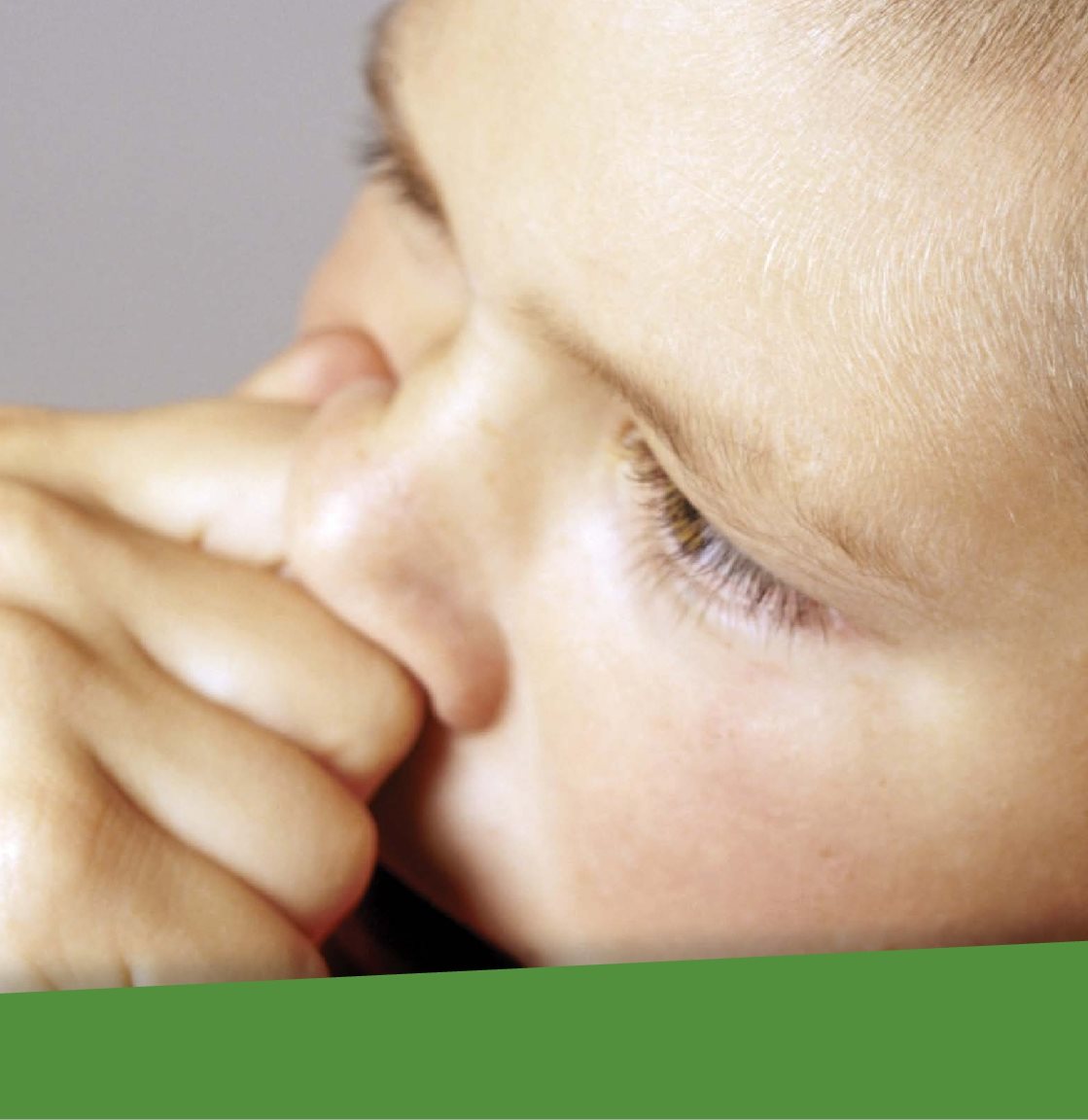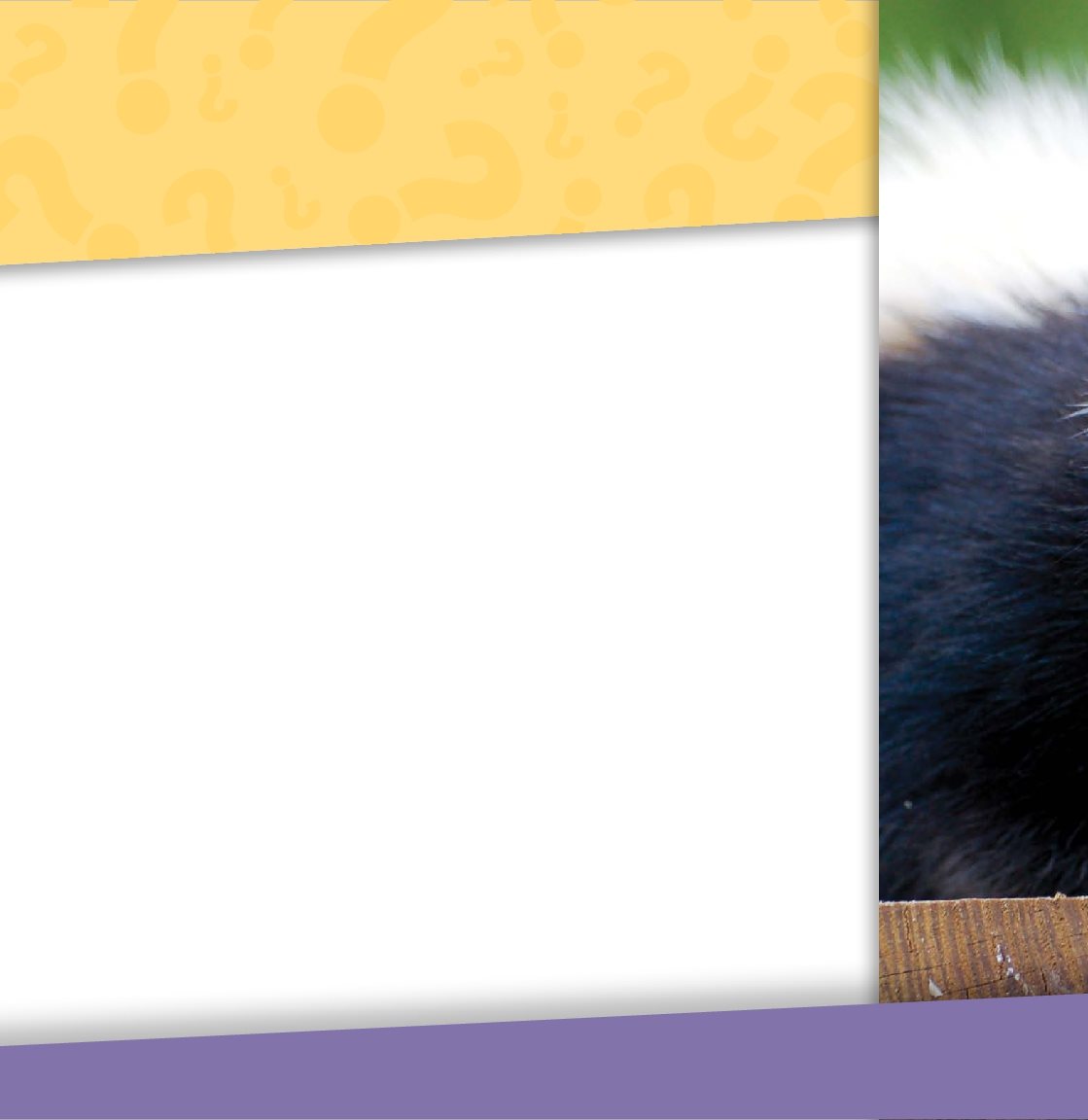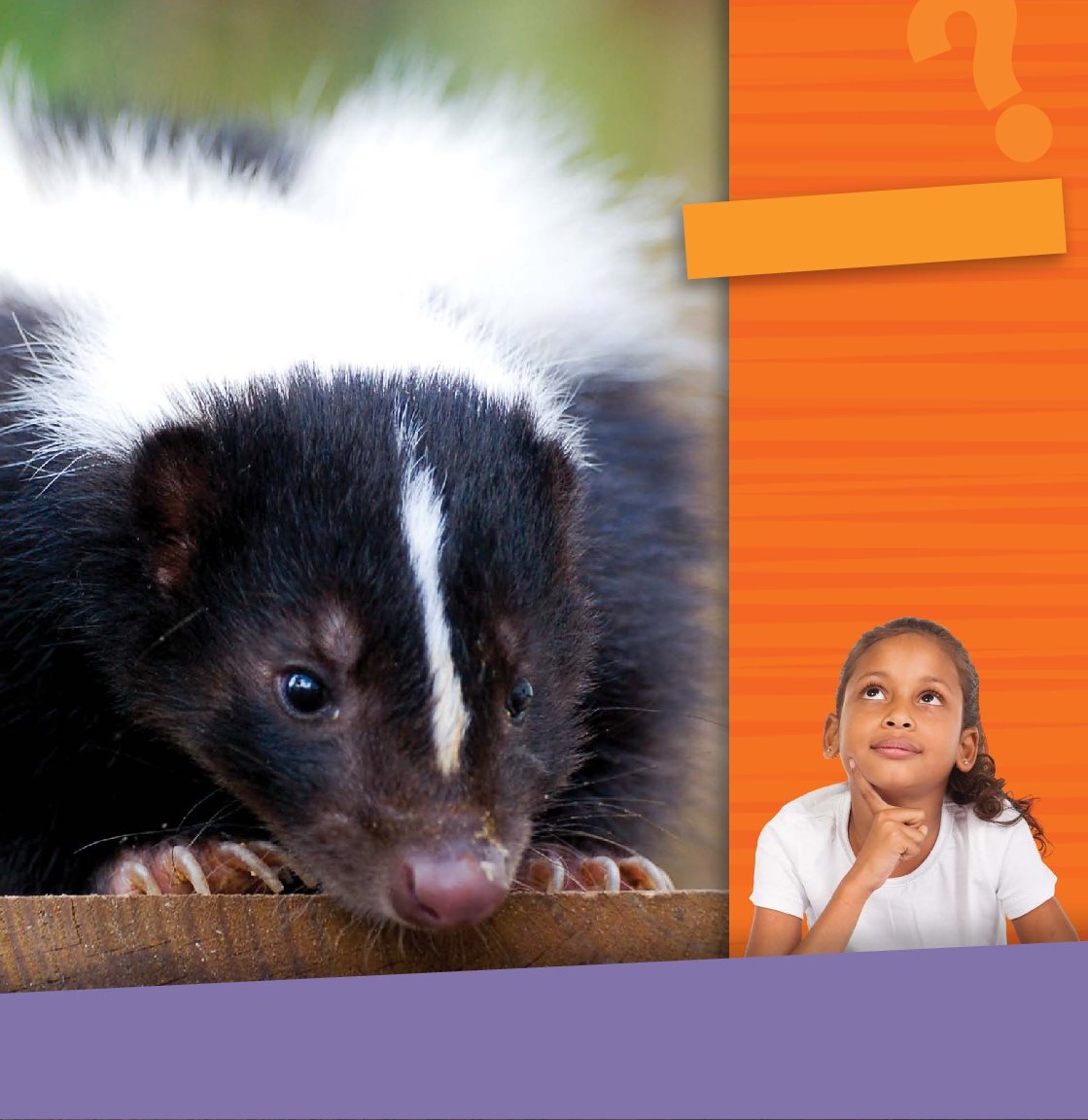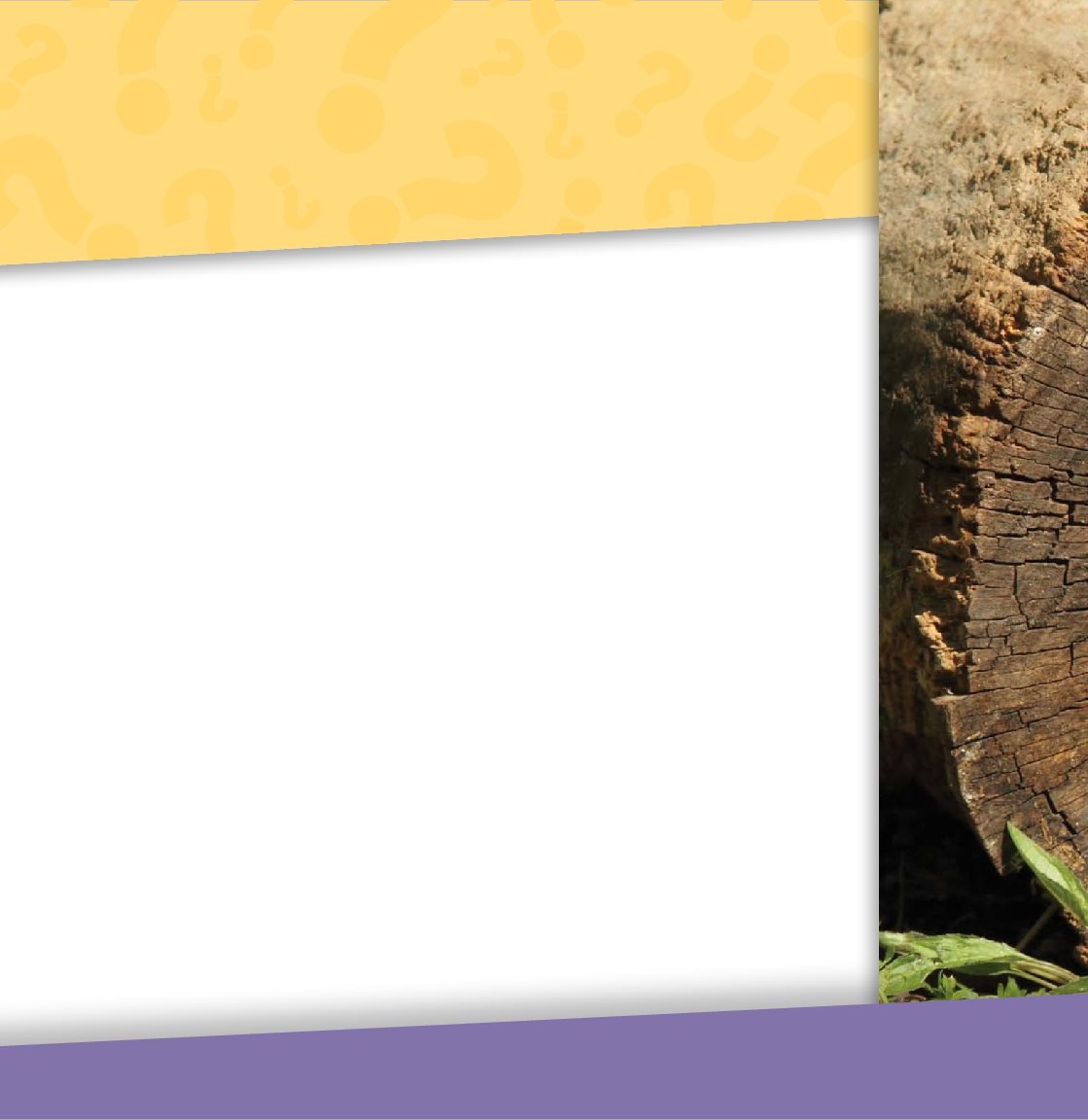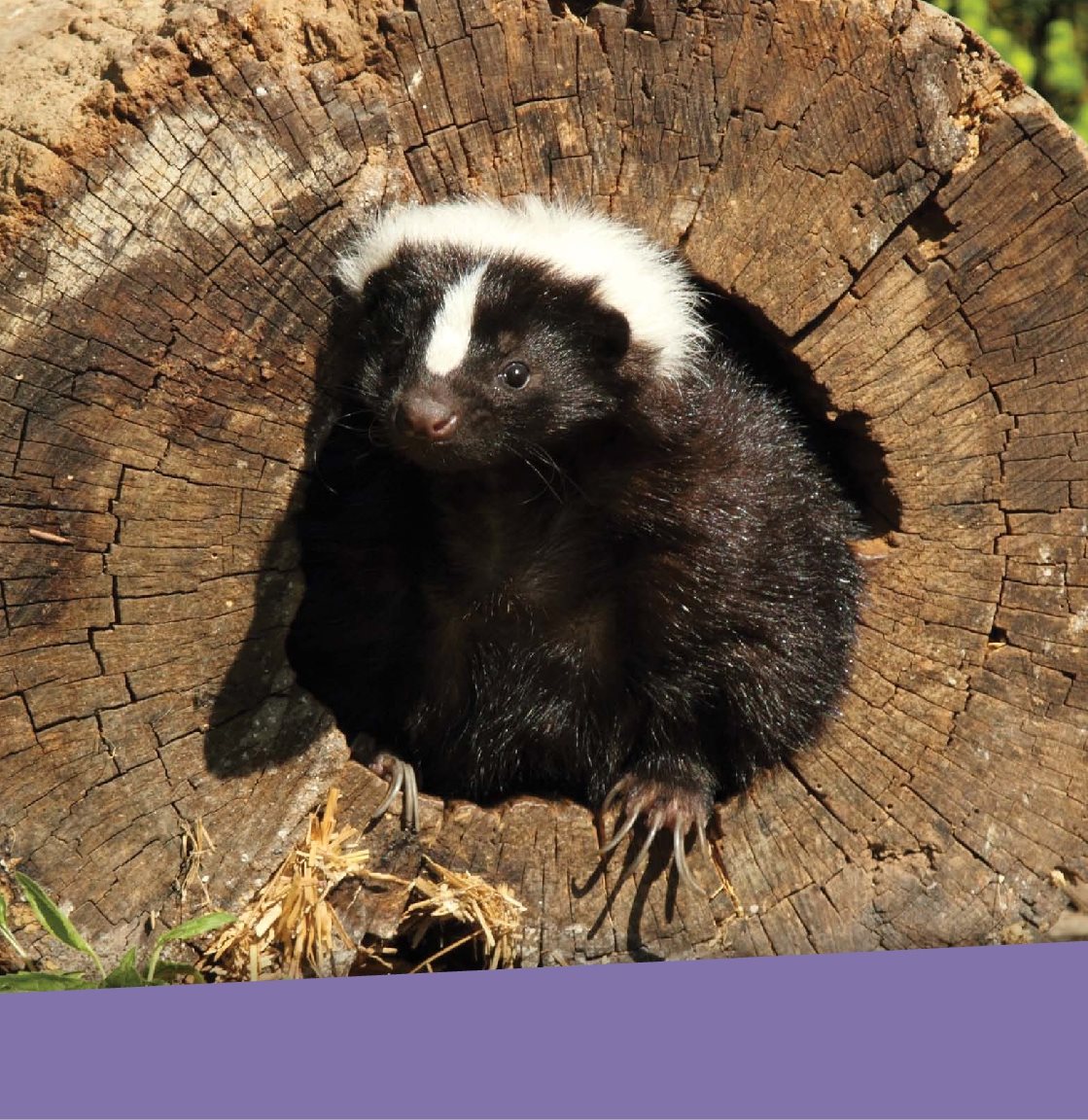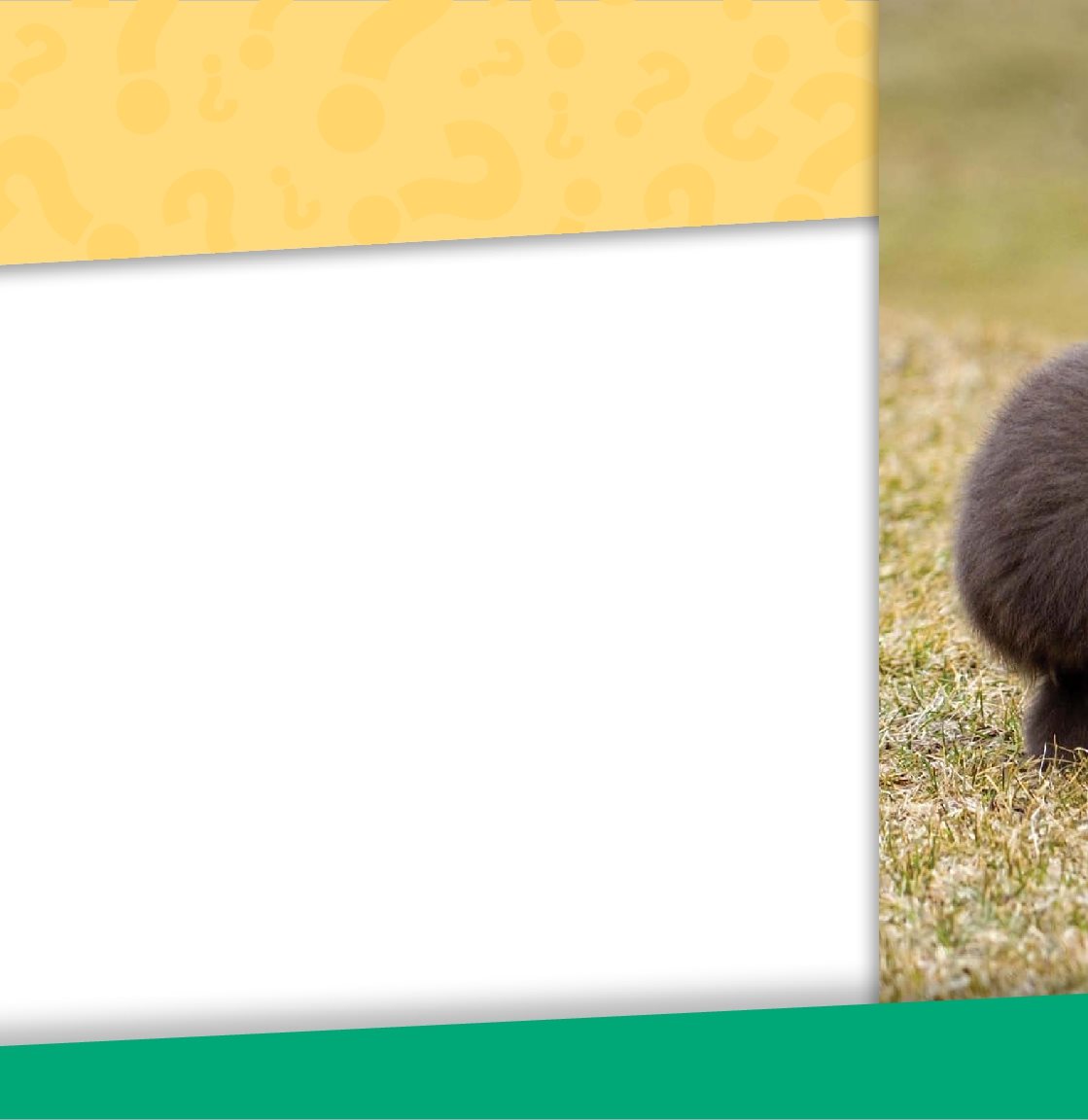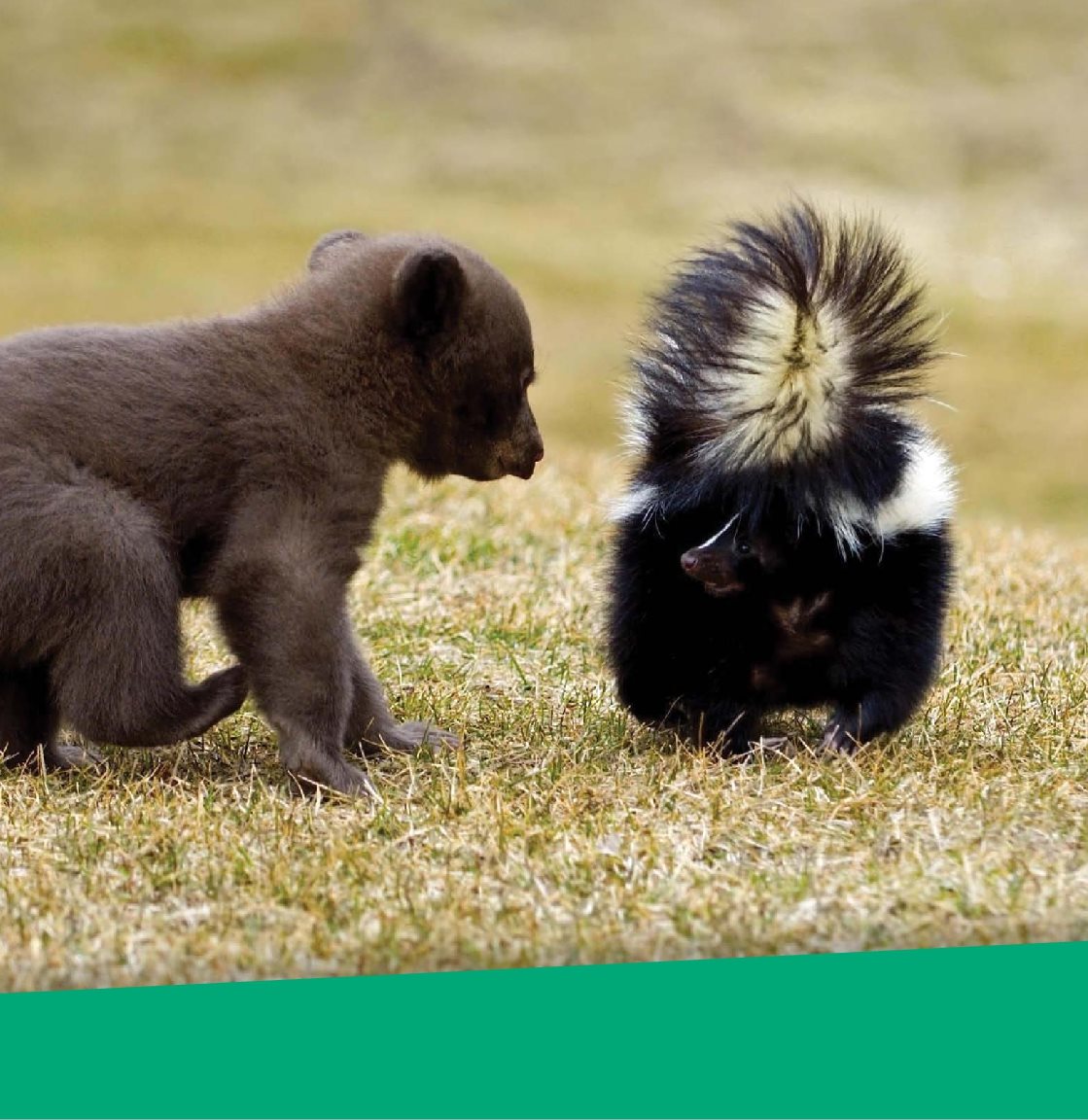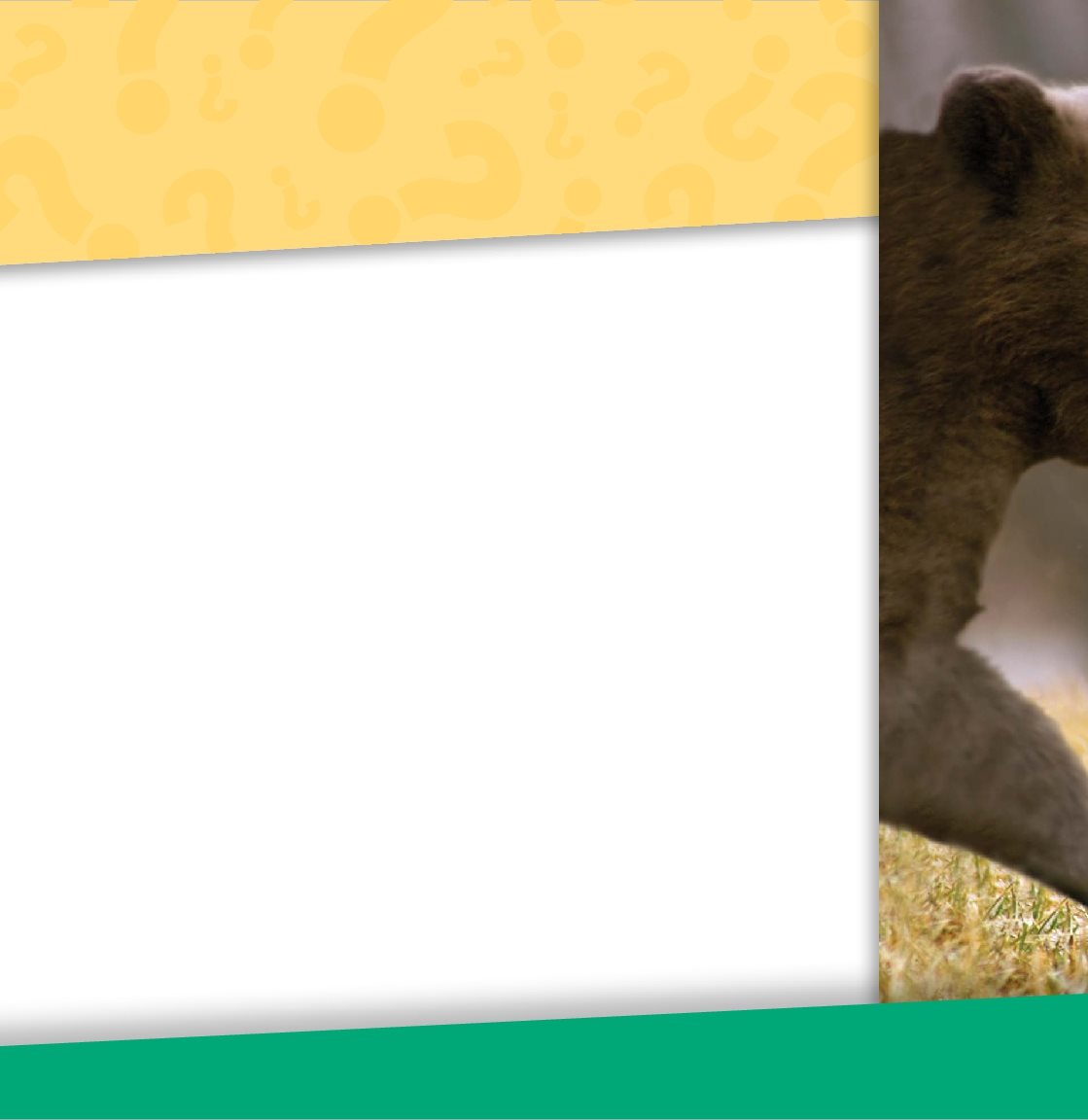Table of Contents
Guide
Published in the United States of America by Cherry Lake Publishing
Ann Arbor, Michigan
www.cherrylakepublishing.com
Content Adviser: Dr. Stephen S. Ditchkoff, Professor of Wildlife Sciences, Auburn University,
Auburn, Alabama
Reading Adviser: Marla Conn, Readability, Inc.
Photo Credits: PathDoc/Shutterstock Images, cover, 1, 5; michaeljung/Shutterstock Images,
cover, 1, 9; xavier gallego morell/Shutterstock Images, cover, 1, 19; Critterbiz/Shutterstock
Images, cover, 1; Heiko Kiera/Shutterstock Images, cover, 1, 5, 9; Dennis W. Donohue/
Shutterstock Images, cover, 1; Ingram Publishing/Thinkstock, 7; Cynthia Kidwell/Shutterstock
Images, 11; Geoffrey Kuchera/Shutterstock Images, 13, 17; Holly Kuchera/Thinkstock, 15;
Sari ONeal/Shutterstock Images, 19; Teerapun Fuangtong/Thinkstock, 21
Copyright 2015 by Cherry Lake Publishing
All rights reserved. No part of this book may be reproduced or utilized in any form or by any
means without written permission from the publisher.
Library of Congress Cataloging-in-Publication Data
Gray, Susan Heinrichs, author.
Skunks smell bad / by Susan H. Gray.
pages cm. -- (Tell me why)
Summary: Young children are naturally curious about animals. Tell Me Why
Skunks Smell Bad offers answers to their most compelling questions about
when skunks attack. Age-appropriate explanations and appealing photos
encourage readers to continue their quest for knowledge. Additional text
features and search tools, including a glossary and an index, help students
locate information and learn new words.Provided by publisher.
Audience: Ages 6-10.
Audience: K to grade 3.
ISBN 978-1-63188-999-8 (hardcover) -- ISBN 978-1-63362-038-4 (pbk.) -
ISBN 978-1-63362-077-3 (pdf) -- ISBN 978-1-63362-116-9 (ebook) 1.
Skunks--Juvenile literature. 2. Animal chemical defenses--Juvenile
literature. 3. Adaptation (Biology)--Juvenile literature. I. Title.
QL737.C248G73 2015 599.768--dc23
ISBN-13: 978-1-68444-474-8 (e-book)
2014025718
Cherry Lake Publishing would like to acknowledge the work of The Partnership for 21st Century
Skills. Please visit www.21.org for more information.
Printed in the United States of America
Corporate Graphics
Synchred Read-Along Version by:
Triangle Interactive LLC
PO Box 573
Prior Lake, MN 55372
Table of Contents
Phew-Eee!
Emily heard something scratching
around in her dads garden. Was it a rabbit
or a turtle? Emily just had to find out.
It was already getting dark outside.
Emily squinted her eyes as she drew near
the garden. Suddenly, a little head poked
out from behind a plant. The mysterious
animal crept out a little farther. Then it
began moving strangely.
Ask Questions!
Have your friends
or neighbors ever
seen a skunk?
If they have, ask
them if it was
during the day
or at night.
Skunks often live in neighborhoods, near peoples houses.
All of a sudden, a terrible stench filled
the air. Emily shut her eyes tightly and held
her breath. She turned and began running
back to the house. She couldnt see where
she was going and ran right into her dad.
Dad! Theres a skunk in the garden!
she shouted. Yuck! Why do they smell
so bad?
Emily and her dad went inside. Soon her
dad called to her. Emily, look what I found
about skunks on the Internet!
The smell of a skunk will make you want to hold your nose!
A Helpless Animal?
Emilys dad began to read aloud. Skunks
live in open fields and in brushy or wooded
areas. They also live in farmlands and along
riverbanks. Sometimes, they even appear in
town. These little mammals eat whatever
they can find. They dig in the earth to find
worms and grubs . They scratch through the
grass for crickets and beetles. They also eat
mice, eggs, corn, berries, and pet food.
Her dad stopped reading. Now theres
a good reason to keep pet food inside!
he laughed.
Look!
What features
would help this
skunk find worms
and insects?
A skunk has a pointed nose and sharp claws.
Her dad continued. Skunks cannot
outrun most predators . They cannot leap
away from danger.
Her father stopped reading and looked
at Emily. So, they are slow, he said. They
sound like the perfect meal for a predator!
He went back to reading. Hawks, owls,
foxes, bobcats, coyotes , and cougars
sometimes hunt them. But predators may
soon learn that skunks only look helpless.
A full-grown skunk is about the size of a house cat.
Surprise!
A predator that attacks a skunk is in
for a shock. When threatened, a skunk
boldly faces his foe . He arches his back
and raises his tail.
These are warning signals. But often,
they are completely ignored. Predators that
are young dont know what the signals mean.
They will continue to threaten the skunk.
This is a big mistake!
This bear cub wants to make a new friend, but hell learn
his lesson soon.

